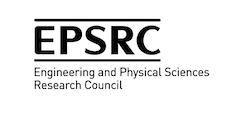Silica-Electrolyte-DNA Interfacial Molecular Dynamics | Ben Lowe


Physical & Engineered Systems Research
Physical systems exhibit emergent phenomena that combine scale, interconnectivity and non-linearity. The absence of "agency" and the "organic complexity" that is characteristic of social or biological systems allows for significant progress through the use of simulation approaches that are now mature enough to be predictive and deployed at large scales.
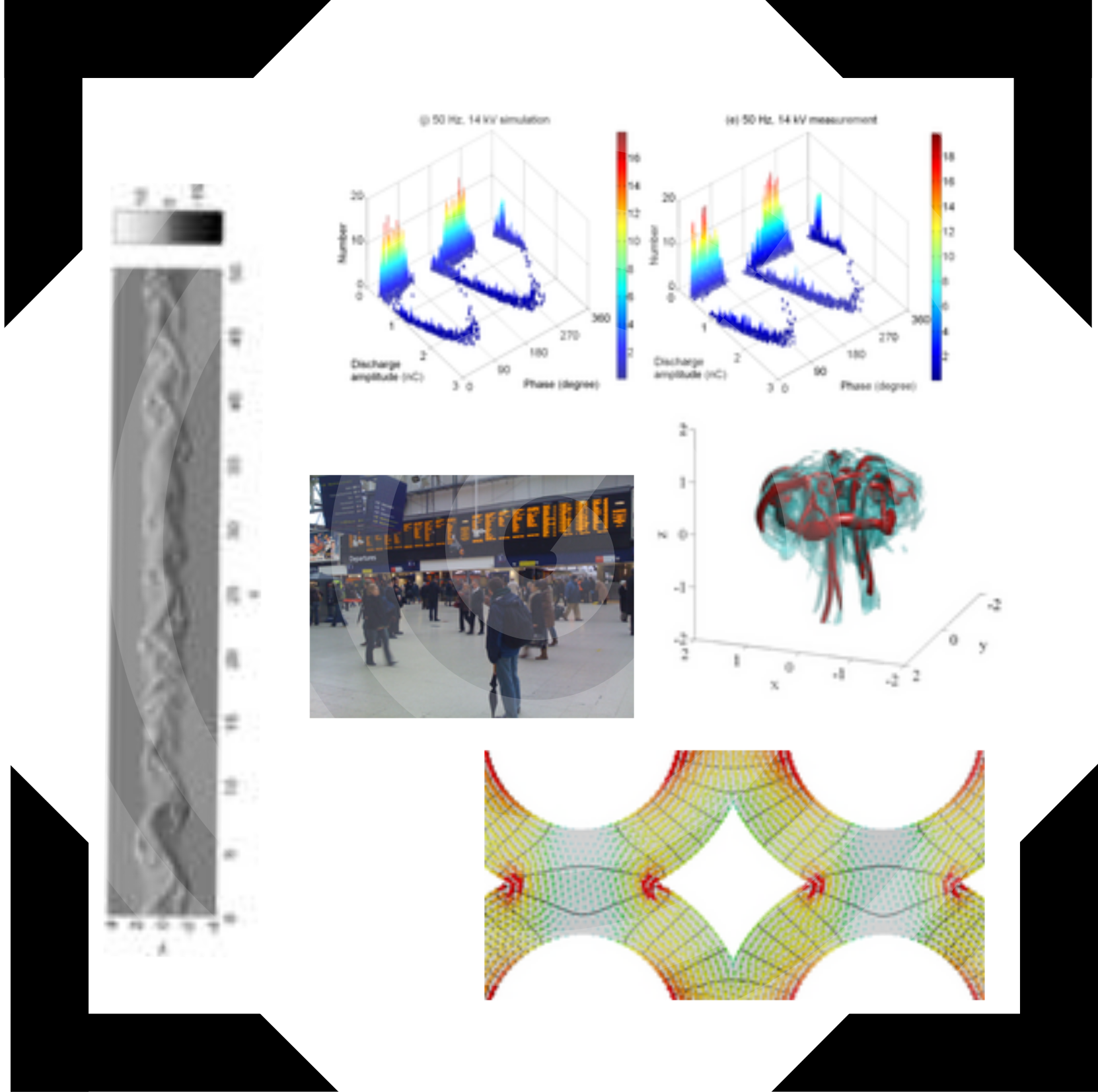 Domain Visualisation Examples
Domain Visualisation Examples
Multi-Agent Systems
The current challenge in materials modelling is the need for multi-physics and multi-scale simulations. Specific complex properties that are key to the functionality of nanodevices can only emerge by modelling two or more physical phenomena simultaneously, e.g., electric currents together with the resulting increase in temperature, and expansion of the structure, and by coupling computational models at different length scales.
Key Contacts
- Lenka Pitonakova
- Chris Crispin
Thesis: Path Planning Algorithms For Atmospheric Science Applications Of Autonomous Aircraft Systems - Chris Chrispin
Thesis: Designing Robot Swarms - Lenka Pitonakova
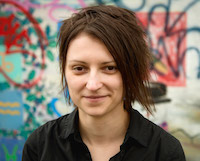 During my PhD, I worked on guidelines for building multi-agent algorithms. I developed a mathematical framework for understanding multi-agent behaviour, a modelling language for representing multi-agent algorithms and a set of "design patterns" - reusable behavioural components that can be combined together into control algorithms that allow robots to cooperate with each other.
During my PhD, I worked on guidelines for building multi-agent algorithms. I developed a mathematical framework for understanding multi-agent behaviour, a modelling language for representing multi-agent algorithms and a set of "design patterns" - reusable behavioural components that can be combined together into control algorithms that allow robots to cooperate with each other.
 Robot Swarm
Robot Swarm
I am currently working on neural-network based self-monitoring algorithms that allow robots to learn about their environment in an unsupervised fashion and to identify new objects and situations. The work is at the University of Bristol and in partnership with Thales, who develop autonomous systems for the transport, space and other industries, allowing us to tackle both academic and applied science questions.
Publications, e.g.,
- Pitonakova, L., Crowder, R. & Bullock, S. (2018). Information exchange design patterns for robot swarm foraging and their application in robot control algorithms. Frontiers in Robotics and AI, DOI: 10.3389/frobt.2018.00047
- Pitonakova, L., Crowder, R. & Bullock, S. (2018). The Information-Cost-Reward framework for understanding robot swarm foraging. Swarm Intelligence, 12(1), 71-96.
- Pitonakova, L., Crowder, R. & Bullock, S. (2016). Information flow principles for plasticity in foraging robot swarms. Swarm Intelligence, 10(1), 33–63.
Nanodevices and Self Assembly
There is an increasing number of deployed, interacting devices, behaving autonomously and combining their behaviours in various ways. It is far from a solved problem to design and build ever smaller computing devices that interact through the global communications and information infrastructure of the Internet, Web and Grid. How do we understand and engineer the behaviour of these new systems?
Key Contacts
- David Cortes
- Mark Vousden
- Marijan Beg
- Weiwei Wang
Thesis: Computational Simulations of Complex Chiral Magnetic Structures - David Cortes
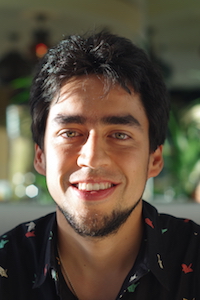 I do research of magnetic materials at the nano-scale using computer
simulations. Currently, I'm studying a particular range of materials where
complex configurations, such as whirls, hedgehogs or helices, have been
observed experimentally. These configurations are of high interest to
scientists because many of them have fascinating properties that makes them
good candidates to replace actual electronic technologies such as information
devices. I am also interested in promoting open and reproducible research, thus
all of my recent publications are accompanied by references to well documented
online public repositories containing and showing the computer tools used in
the studies. This is significantly important to make research accessible,
transparent and to validate published results.
I do research of magnetic materials at the nano-scale using computer
simulations. Currently, I'm studying a particular range of materials where
complex configurations, such as whirls, hedgehogs or helices, have been
observed experimentally. These configurations are of high interest to
scientists because many of them have fascinating properties that makes them
good candidates to replace actual electronic technologies such as information
devices. I am also interested in promoting open and reproducible research, thus
all of my recent publications are accompanied by references to well documented
online public repositories containing and showing the computer tools used in
the studies. This is significantly important to make research accessible,
transparent and to validate published results.
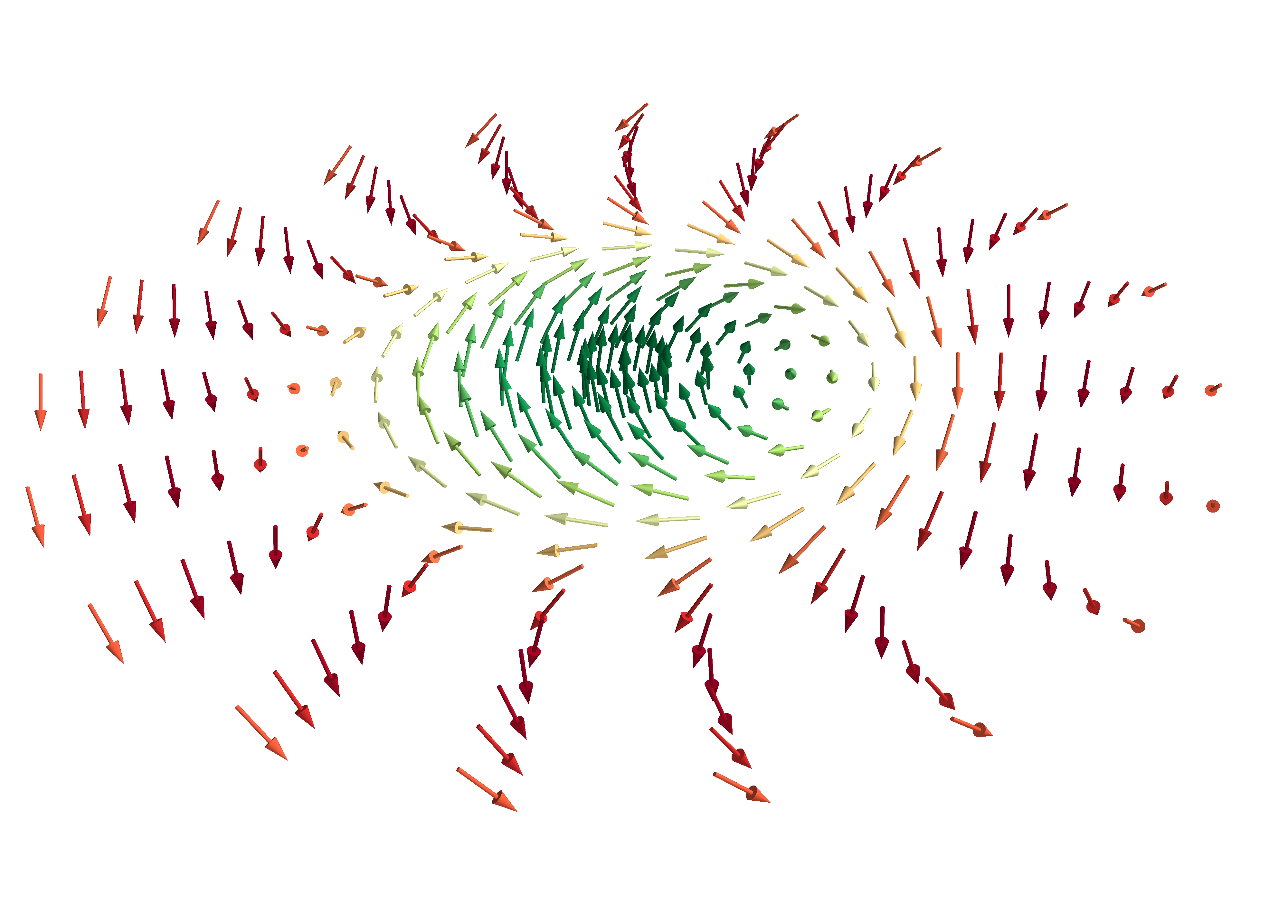
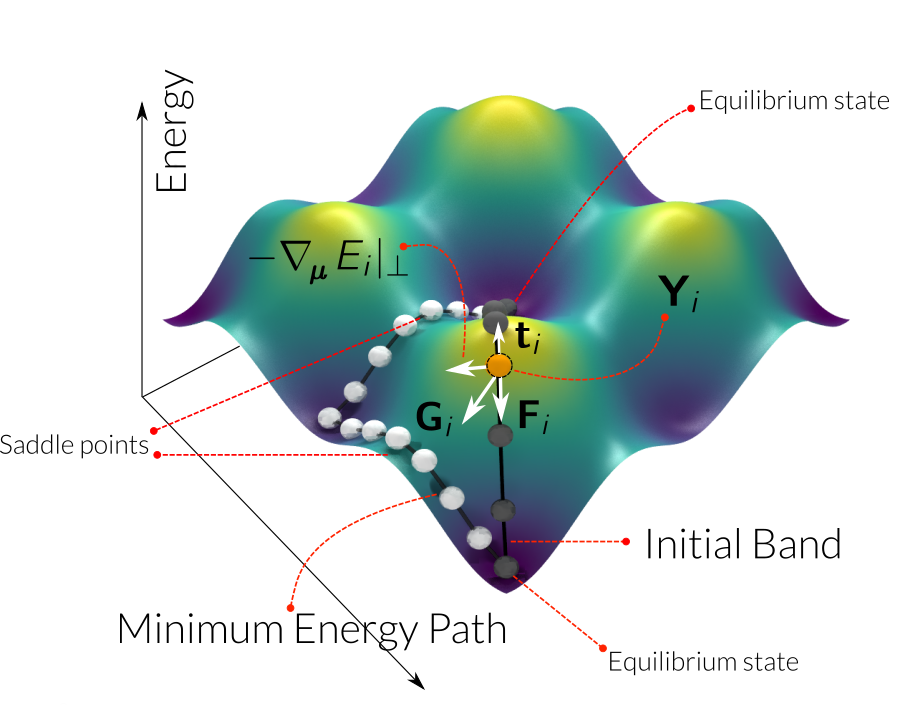
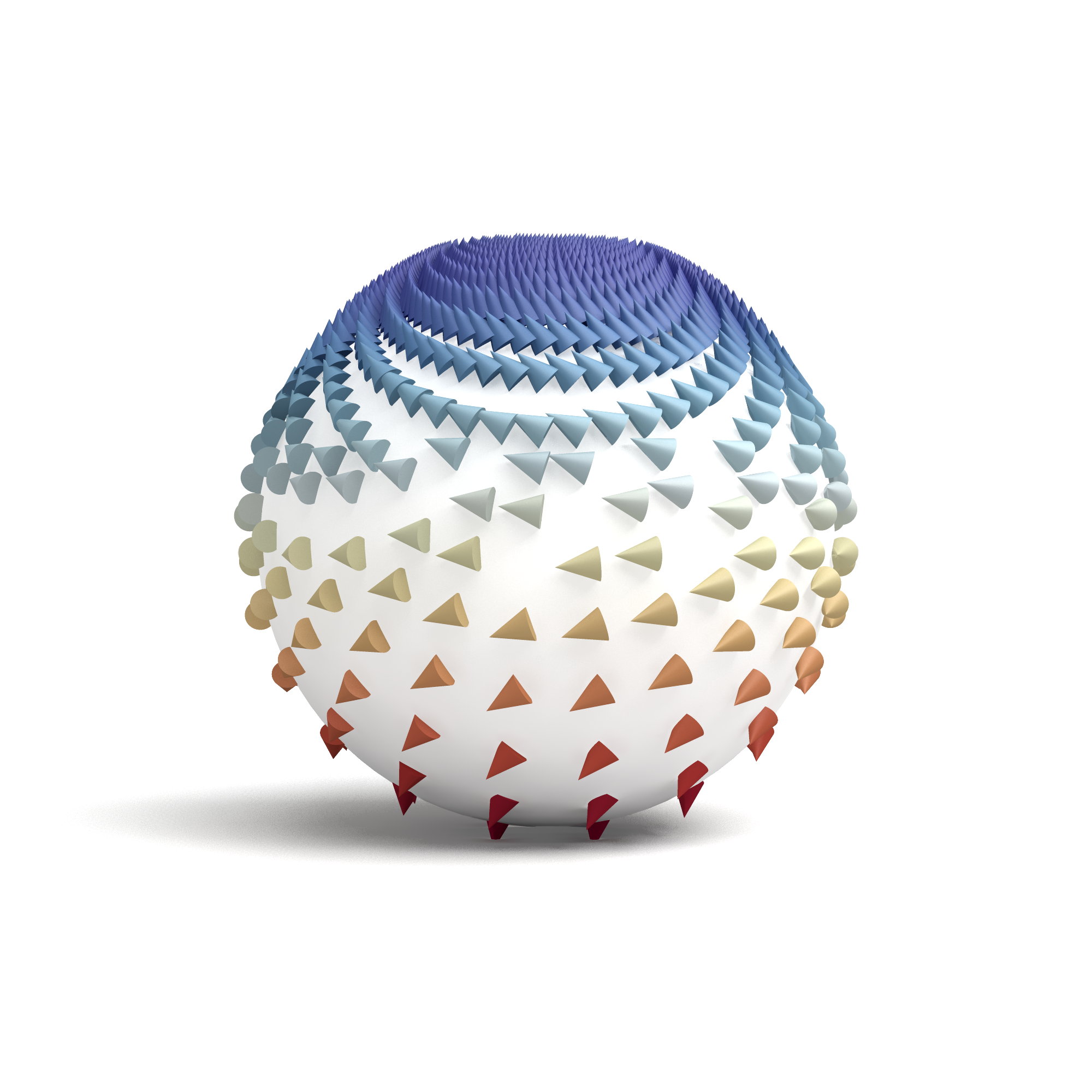
Publications, e.g.,
- Proposal for a micromagnetic standard problem for materials with Dzyaloshinskii-Moriya interaction D Cortés-Ortuño, M Beg, V Nehruji, L Breth, R Pepper, T Kluyver, ... arXiv preprint arXiv:1803.11174
- Thermal stability and topological protection of skyrmions in nanotracks. D. Cortés-Ortuño, W. Wang, M. Beg, R. A. Pepper, M.-A. Bisotti, R. Carey, M. Vousden, T. Kluyver, O. Hovorka and H. Fangohr.Scientific Reports 7, 4060, 2017
Artifical Life and Thermodynamics
Key Contact
- Staurt Bartlett
Thesis: Why is life? : An Assessment of the Thermodynamic Properties of Dissipative, Pattern-forming Systems - Stuart Bartlett
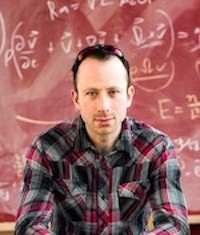 Broadly speaking, I'm interested in the transition from non-living to living. We currently have only one observable system in which this transition has taken place, which makes it a particularly challenging problem.
Broadly speaking, I'm interested in the transition from non-living to living. We currently have only one observable system in which this transition has taken place, which makes it a particularly challenging problem.
The study of this one (special?) case attempts to re-construct the geochemical state of the early Earth and deduce the steps, which life may have taken from complex chemistry to simple single-celled organisms endowed with some form of genome. The evolution of life on Earth from that point on is slightly more straightforward to piece together with the use of phylogenetic analyses.
Rather than contribute to this effort, I have chosen to ask a more general question which is strongly linked to the definition of life: What is required for a system to become living?Publications, e.g.,
- Bartlett, S. J., Dujardin, J., Kahl, A., Kruyt, B., Manso, P., Lehning, M., (2018) Charting the Course: A Possible Route to a Fully Renewable Swiss Power System. Energy, 163, 942-955
- Bartlett, S. J. (2017) A Non-Isothermal Chemical Lattice Boltzmann Model Incorporating Thermal Reaction Kinetics and Enthalpy Changes. Computation, 5(3)
- Bartlett, S. J. and Virgo, N. (2016) Maximum Entropy Production is not a Steady State Attractor for 2D Fluid Convection. Entropy, 18(12)
- Bartlett, S. J. and Bullock, S. (2014) Natural convection of a two-dimensional Boussinesq fluid does not maximize entropy production. Physical Review
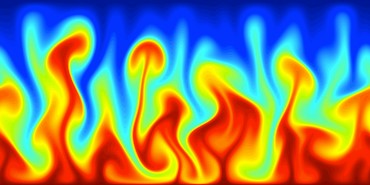 A turbulent convection flow in which a fluid is heated from below and cooled from above. Colour corresponds to temperature. This simulation is in an initial transient phase in which thermal plumes are growing and 'competing'
A turbulent convection flow in which a fluid is heated from below and cooled from above. Colour corresponds to temperature. This simulation is in an initial transient phase in which thermal plumes are growing and 'competing'
Quantum Dynamics and Quantum Chromodynamics (QCD)
QCD is complexity science using large-scale computer simulations to test the Standard Model of particle physics, understand quark confinement, explore extremes of density and temperature and constrain models of new physics. We never see quarks and gluons experimentally. Instead, we must understand how the particles emerge as complicated bound states of the constituents. Computations on a discretised chunk of space-time, the lattice, are the only known way to establish this connection from first principles.
Key Contacts
- Edwin Lizarazo
- Matthew Spraggs
- Andrew Lawson
Thesis: The leading order strange quark-connected contribution to the muon anomalous magnetic moment from lattice QCD - Matthew Spraggs
Thesis: Exploratory Lattice QCD Studies of Rare Kaon Decays - Andrew Lawson
Transport and Infrastructure
The sustainability challenge for a transport system, where each 'individual' competes for the most significant advantage, still requires answers to fundamental questions such as: how can transport managers achieve optimisation of limited transport capacity? How can direct communications between vehicles increase road capacities while maintaining safety? How can the different forms of transport be better integrated?
Key Contacts
- Chris Osowski.
- James Snowdon.
Thesis: Developing data collection methods to inform the quantitative design of cycle infrastructure - Chris Osowski
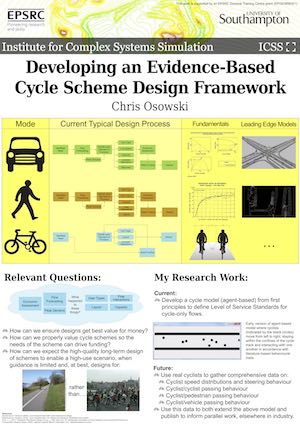
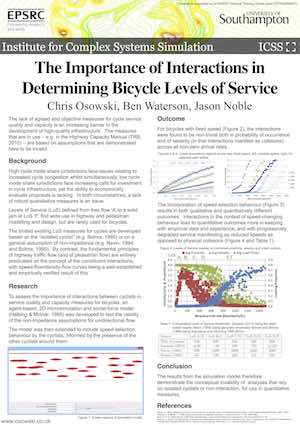

Click here to download the poster PDF files.
Publications, e.g.,
- Osowski, C., & Waterson, B. (2014). The importance of interactions in determining service measures for bicycles. In UTSG Conference 2014 (pp. 1–12). https://eprints.soton.ac.uk/361083/
- Osowski, C., & Waterson, B. (2015). Derivation of spatiotemporal data for cyclists (from video) to enable agent-based model calibration. Procedia Computer Science, 52(0), 932–937.
- Osowski, C., & Waterson, B. (2017). Establishing the validity of cycle path capacity assumptions in the Highway Capacity Manual. International Journal of Sustainable Transportation, 11(6), 422–432.
Thesis: Modelling driver experience and its role in influencing diversion behaviour - James Snowdon
Throughout my PhD and professional career I have been involved in predicting how travellers would respond to any hypothetical travel situation. This allows us to plan effectively how to spend what is often public funds, and also encourage healthy and environmental behaviours.
Publications, e.g.,
- Snowdon, J. and Waterson, B. (2013) When congestion can be useful: Modelling driver diversion behaviour in road traffic networks. In: 12th European Conference on Artificial Life
- Snowdon, J., Waterson, B. and Fangohr, H. (2012) The evolution of driver route switching behavior in stochastically perturbed networks. In: 4th International Symposium on Dynamic Traffic Assignment
- Snowdon, J., Waterson, B. and Fangohr, H. (2012) Evolution of adaptive route choice behaviour in drivers. In: 44th Annual Conference of the Universities' Transport Study Group
- Snowdon, J., Powers, S. and Watson R. (2009) Moderate contact between sub-populations promotes evolved assortativity enabling group selection. In: 10th European Conference on Artificial Life
Turbulence
Turbulence is a nonlinear phenomenon where coherent structures emerge from a background of three-dimensional fluctuations of vorticity. These structures often dominate physical events such as surface drag (e.g., aircraft noise and efficiency) and mixing (e.g., combustion efficiency) and appear to offer a useful route to the control of turbulent flow. A natural way to think of turbulence is as interacting coherent structures. However, the definition and identification of a vortex are not unique, nor the effects additive.
Key Contacts
- Aleksander Dubas
- Jacob Turner
- Gabriel Amine-Eddine
Thesis: -
Thesis: Body Forces in Particle Suspensions in Turbulence - Gabs Amine-Eddine
Thesis: Aerodynamic Noise from Undulated Leading Edge Aerofoils - Jacob Turner
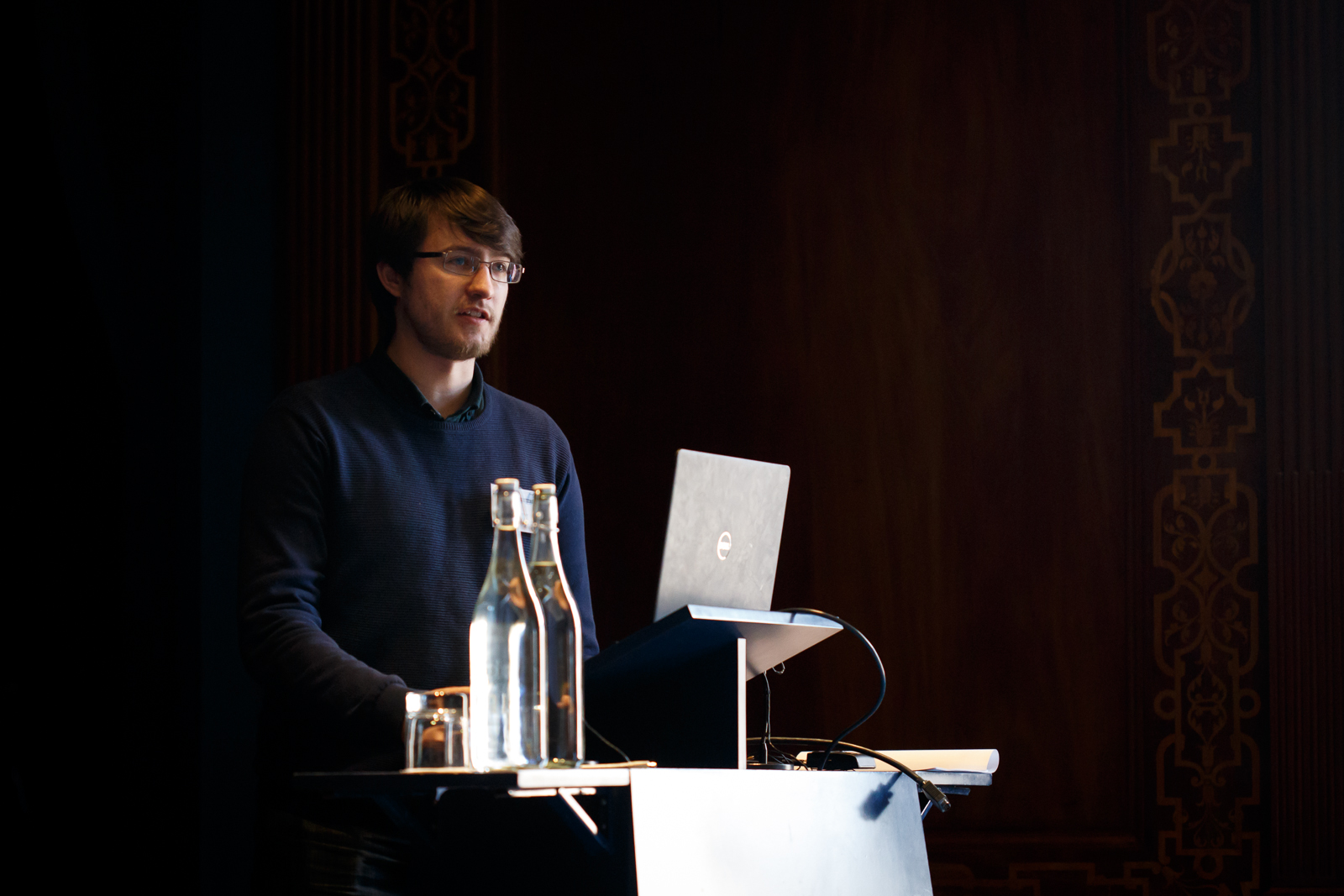 My PhD research was in the area of computational aeroacoustics, focusing on the problem of noise generation caused by unsteady vortical disturbances impinging with an aerofoil. High fidelity numerical simulations were utilised to investigate the noise mitigation properties of wavy leading edge aerofoils. The research provided significant insights into the physical mechanisms behind the noise reductions offered by the geometry.
My PhD research was in the area of computational aeroacoustics, focusing on the problem of noise generation caused by unsteady vortical disturbances impinging with an aerofoil. High fidelity numerical simulations were utilised to investigate the noise mitigation properties of wavy leading edge aerofoils. The research provided significant insights into the physical mechanisms behind the noise reductions offered by the geometry.
Publications, e.g.,
- Turner, J.M. and Kim, J.W., Aeroacoustic effects of the trailing edge of an undulated aerofoil subjected to impinging disturbances, 23rd AIAA/CEAS Aeroacoustics Conference, 2017
- Turner, J.M. and Kim, J.W., Towards understanding aerofoils with wavy leading edges interacting with vortical disturbances, 22nd AIAA/CEAS Aeroacoustics Conference, 2016
- Turner, J., Kim, J.W., Chaitanya, P. and Joseph, P., Towards understanding aerofoils with dual-frequency wavy leading edges interacting with vortical disturbances, 22nd AIAA/CEAS Aeroacoustics Conference, 2016
Thesis: Robust Automated Computational Fluid Dynamics Analysis and Design Optimisation of Rim Driven Thrusters - Aleksander Dubas
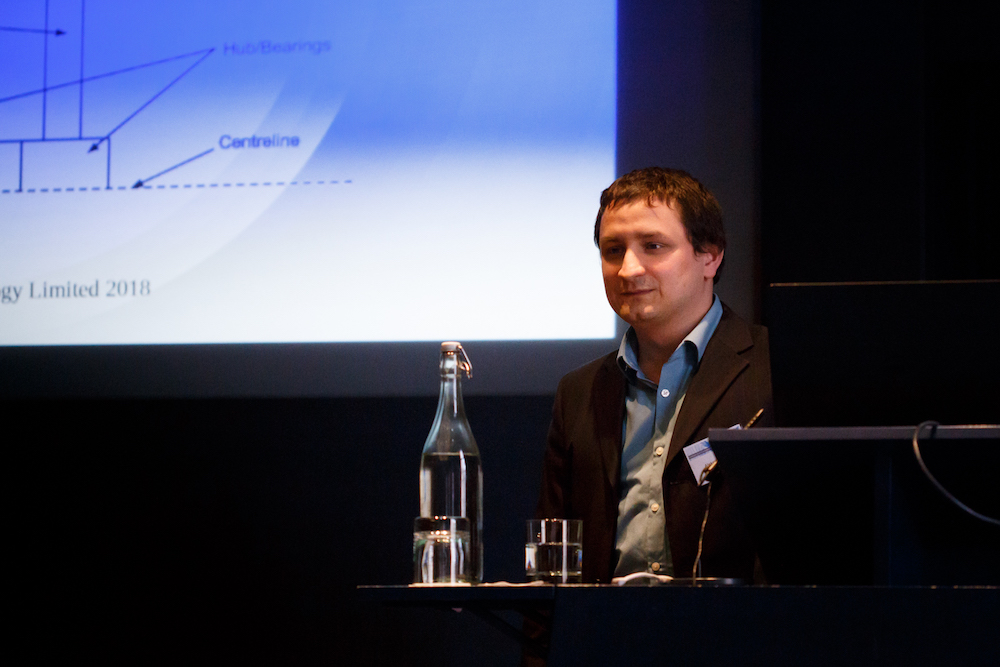 My research interests remain in the fields of computational fluid dynamics, high-performance computing, turbulence modelling and design optimisation.
My research interests remain in the fields of computational fluid dynamics, high-performance computing, turbulence modelling and design optimisation.
